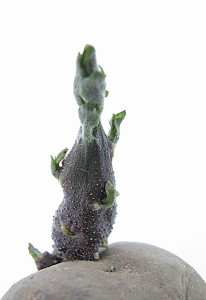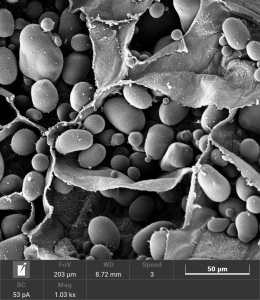Dani Eshel Ph.D.
Head of Research Group, Department of Postharvest Science
- Institute of Postharvest and Food Sciences
- Postharvest Science
- 68 Hamakabim Rd, P.O. Box 15159 Rishon LeZion, 7528809, Israel
- +972-3-968-3621
Biography
Dr. Dani Eshel is a Rank A+ scientist (Equivalent to “Professor”) and Director of the Institute of Postharvest and Food Sciences at the Volcani Institute. He holds a Ph.D. in Agriculture from the Hebrew University of Jerusalem, with expertise in plant physiology, postharvest biology, and crop stress responses.
Dr. Eshel began his career in the biotechnology industry, serving as a research scientist at InSight and later as a team leader at Compugen Ltd., where he worked on therapeutic protein discovery. Since 2007, he has led research at the Volcani Institute, focusing on potato tuber dormancy, sugar and hormone signaling, and the effects of heat and cold stress on vegetable crops.
His work combines molecular breeding, molecular physiology, and postharvest approaches to improve the resilience and quality of crops such as potato, onion, and garlic.
Education
-
1990-1993
B.Sc. studies at the Faculty of Agriculture, Food and Environment, Rehovot; The Hebrew University of Jerusalem.
-
1993-1995
M.Sc. studies at the Department of Plant Pathology and Microbiology, Faculty of Agriculture, Food and Environment, Rehovot; The Hebrew University of Jerusalem, Israel, and ARO, The Volcani Institute, Rishon LeZion, Israel
-
1996-2000
Ph.D. studies at the Department of Postharvest Science, ARO, the Volcani Institute and the Department of Plant Pathology and Microbiology, Faculty of Agriculture, Food and Environment, Rehovot; The Hebrew University of Jerusalem.
Research Interests
|
Research Areas
- Plant dormancy
- Abiotic stress tolerance
- Crop improvement through genome editing



